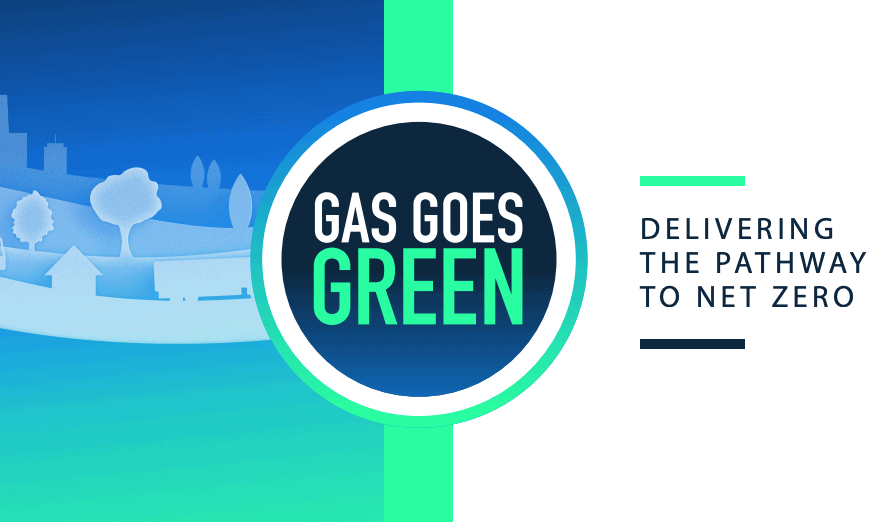The ENA (Energy Networks Association) has launched a new programme to help support the gas industries transition to net zero. As a company, Charlton & Jenrick are already focusing on ways to move towards net zero. It goes without saying Gas Goes Green is something we have a significant interest in. We have already spoken at length about how hydrogen will be playing a growing role in heating for the future. We are already developing fires, which can run on hydrogen.
Here are links to a few more of our articles, which look at the development of hydrogen:
Hydrogen Purity
Hydrogen Green Gas Update
Hydrogen – Testing and Development
Hydrogen Taskforce Launched

284,00km of Gas Pipes…..
The Gas Goes Green programme will deliver the changes needed to move Britain’s network of 284,000km (176,500 miles!) of gas pipelines from delivering methane based natural gas to zero carbon hydrogen and biomethane. This move will help ensure that the country’s infrastructure is ready for both households and businesses to switch to a new generation of boilers, which can run on hydrogen and biomethane.
What are Green Gases?
Hydrogen:
Hydrogen is a gas that can be combusted in a way that makes no greenhouse gas emissions. It can be made through electrolysis of water or via reforming methane, where the carbon dioxide generated can be captured and stored.
Biomethane:
Biomethane is the same as natural gas. However, it is made from organic compounds, with the carbon released during combustion having been recycled. It can be produced from things such as household waste, sewage and farm material, and from by-products via processes like anaerobic digestion or thermal gasification.
The Evolution from Natural Gas to Green Gas:

The target is the have 100% of gas in Britain to be from hydrogen and biomethane by 2050. From the diagram above you can see that 2020 is a key year, where we are starting to prepare for the transition. This is why Gas Goes Green programme of such key importance. It builds on the recent success by the gas network operators, who have started to remove fossil based natural gas from the system. These successes included supporting the connection to the grid of more than 100 green gas plants, and undertaking various projects relating to hydrogen, synthetic gas and hybrid heating systems across the country.
The Roadmap to 2050:
There are 6 essential developments, which need to be covered as part of the road map to 2050. Here is a brief overview of these:
- Preparing for transition – Raise awareness of net zero. Updating of gas safety regulations, develop labour and skill capacity.
- Facilitating connections – Increasing energy efficiencies, reduce fugitive methane emissions, deploy energy efficiency improvements.
- Expanding supply – Establish first hydrogen projects with CCUS, increase AD biomethane supply, deploy small scale hydrogen storage to manage peaks.
- Expending the demand base – Implement programme to switch more consumers to hydrogen, deploy large scale hydrogen storage to manage peaks, continue to improve energy efficiency.
- Increasing low carbon gases – Expand supply and demand to form hydrogen zones and biomethan zones, increase hydrogen supply via electrolysis using renewable power.
- 100% low carbon gases – Low carbon gases fully integrated across the GB energy system with different regional solutions, natural gas no longer used, net zero energy system achieved.
We will continue to keep you updated on this progress as things develop. For more info you can reach out at:
Twitter: #GasGoesGreen
[email protected]








